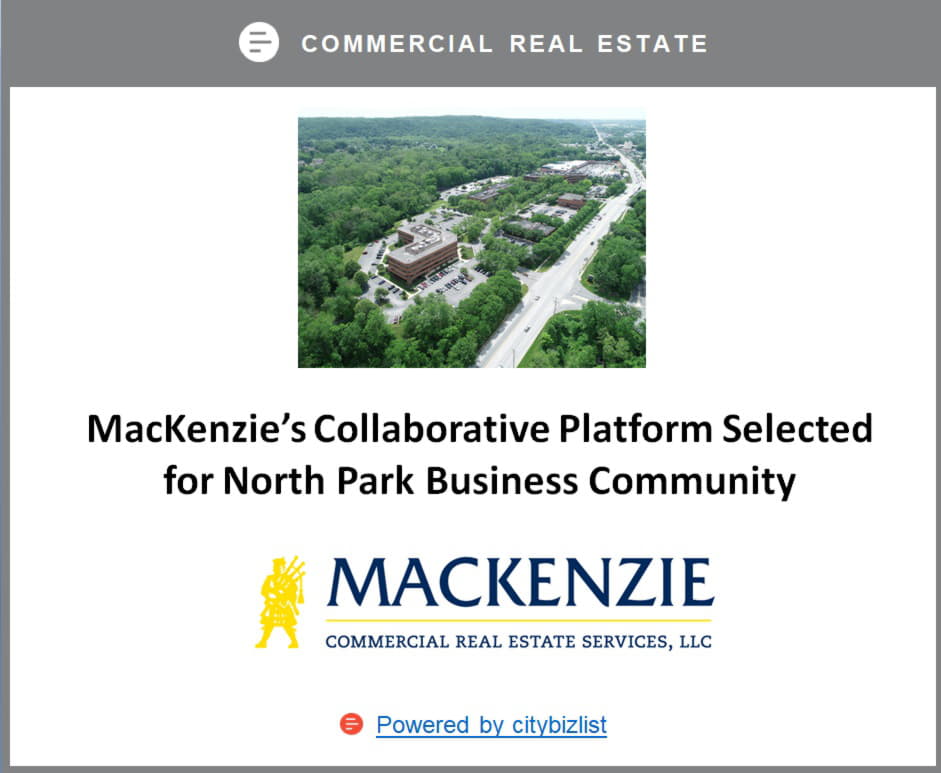
By Allyson Beckman
On December 27, 2020, the President signed into law the Consolidated Appropriations Act, 2021 ("the Act"), which extends some financial relief to small businesses and individuals impacted by COVID-19. Of note to employers, the paid leave benefits have been extended but are no longer mandatory. This extension, along with some key-employment-related changes under the new Act, are addressed below[1]:
Does the new stimulus bill extend the paid leave provisions under the Family First Coronavirus Response Act (FFCRA) beyond December 31, 2020?
No, however it gives employers discretion to do so on a voluntary basis through March 31, 2021. Otherwise, the Act no longer requires employers to provide employees with emergency paid sick leave (EPSL) or emergency family and medical leave (EFMLA) after December 31, 2020.
Does the Act extend FFCRA’s refundable tax credit incentives for employers who provide employees with paid leave in accordance with the EPSL and EFMLA requirements after December 31, 2020?
Yes, if certain conditions are met. Covered employers who voluntarily decide to provide employees with paid leave benefits in accordance with FFCRA’s EPSL and EFMLA requirements may be eligible for reimbursement of the costs of leave through refundable tax credit for employees who did not exhaust their leave benefits – 80 hours of EPSL, 12 weeks of EFMLA, and/or the $10,000 maximum payment for EFMLA leave – by the December 31, 2020 deadline. The Act extends the tax credit incentive to cover any paid leave provided to employees from January 1, 2021 to March 31, 2021.
Would an employee be entitled to another 12 weeks of protected FMLA leave after December 31, 2020 if their FMLA reset on January 1, 2021 and the employer is voluntarily providing FFCRA paid leave benefits?
It depends. Although the Act does not extend the time allotted by the FFCRA for paid leave beyond December 31, 2020, employees who received FFCRA paid leave after March 31, 2021 may be entitled to protected FMLA leave after exhausting the time allotted by the EFMLA if: i) the employer’s 12-month FMLA policy reset January 1, 2021; ii) the covered employer voluntarily extends the original FFCRA benefits deadline for employees who had not already exhausted all 80 hours of EPSL, 12 weeks of EFMLA, or reached the $10,000 maximum EFMLA payment; iii) the covered employer seeks corresponding payroll tax credits for employees who took FFCRA leave from January 1, 2021 through March 31, 2021; and iv) an employee meets the eligibility requirements and qualifies for additional protected leave after March 31, 2021.
However, if employers voluntarily provide paid FFCRA leave without applying for payroll tax credit, employers can deduct an employee’s amount of leave from their 12 weeks of FMLA leave (if the employee was eligible and qualified for FMLA).
Should employers draft a leave policy specifically for covering leave for COVID-qualifying circumstances?
Employers may want to consider adopting a specific pandemic (e.g., COVID-19) or public health emergency policy for employees that is acceptable to their business practice and that does not interfere with any protected leave rights afforded to employees by federal, state, and/or local laws.
It would prove beneficial to the employer and the employee to adopt a specific policy for these circumstances because it would provide employees with a clear and unambiguous understanding of what to expect and how to prepare professionally and personally (to the extent possible) should similar circumstances arise in the future. The policy would also demonstrate the employer’s consistency and commitment to make sure all procedures are administered in a uniform, fair, and legally compliant manner.
Some decisions employers would need to make if they are devising their policies and procedures include but are not limited to the following:
-what specific criteria must be met for this policy to become effective (e.g., public health emergency; COVID-19 qualifying circumstances);
-what are the employer’s business expectations during a public health emergency;
-what safety protocols or guidelines must employees follow during a public health emergency);
-whether employer benefits are available for employees during a public health emergency that may differ from their existing time-off and/or leave of absence policies;
-whether an employer would provide additional emergency sick leave and/or emergency family and medical leave (i.e., maximum emergency sick hours; maximum amount of emergency family and medical leave hours; maximum for overall benefits payment);
-whether the employer’s emergency leave is paid or unpaid;
-whether the policy has eligibility requirements to qualify for the additional leave benefits under this policy (e.g., full-time employees only);
-whether any leave benefits apply to employees facing mandatory child-care/school closures;
-whether additional leave benefits cover employees with school-age children undertaking virtual and/or hybrid learning;
-whether the policy is effective for a specified period;
-would the employee be entitled to roll-over any additional leave benefits; and
-whether the employer would continue providing additional leave benefits if another government plan is passed that affects small businesses.
Allyson Beckman is Of Counsel with Pham Harrison LLP. She can be reached at abeckman@phamharrison.com.
[1]The information provided in this document is intended to be used for information purposes. This document is not intended to be comprehensive and is not designed to be specifically tailored for an organization’s needs. The information contained in this document should not be construed to be formal legal advice and does not substitute for obtaining legal advice.









